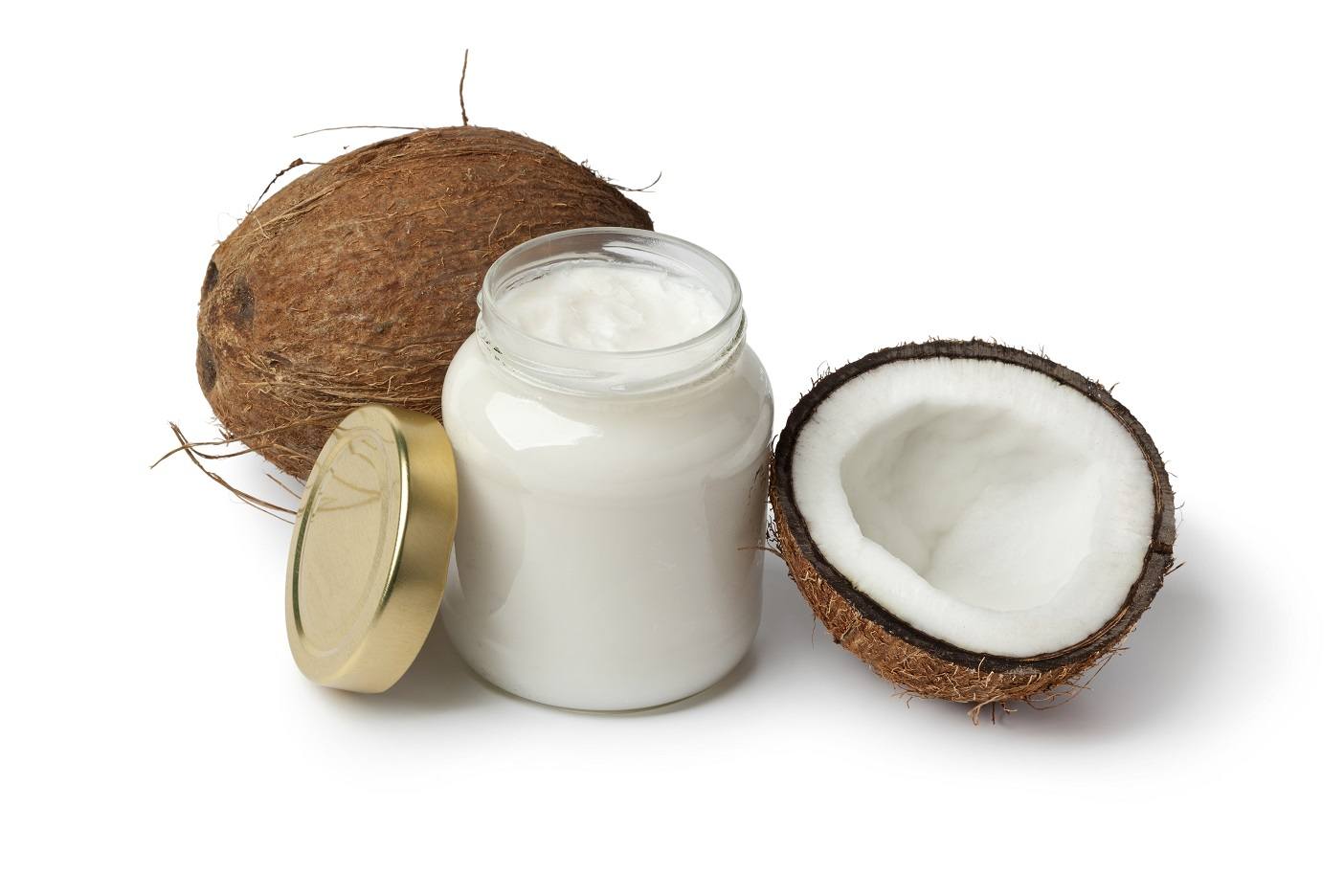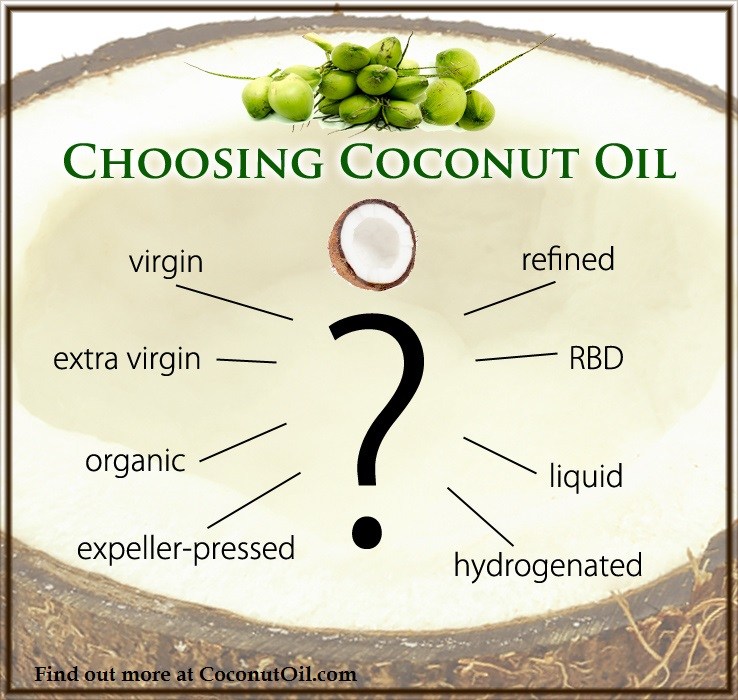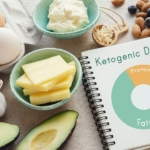
Comments by Brian Shilhavy
Editor, Health Impact News
People living in the Philippines, a country of islands not very far off the coast of China, remember all too well the last time a deadly coronavirus epidemic broke out in China.
It was 2003 when the SARS (severe acute respiratory syndrome) coronavirus broke out in China. It infected over 7000 people in China with over 600 recorded deaths.
Even with its close proximity to China and large Chinese population in the Philippine nation of about 80 million people, only 14 cases of SARS was reported with two recorded deaths.
Canada, many thousands of miles away, had far more cases and more deaths recorded due to SARS infection from China than neighboring Philippine Islands.
One of the theories put forward at the time as to why the Filipino people had so few cases, was the country’s predominant use of cooking oil: Coconut Oil.
The Philippines is the world’s largest producer of coconut oil, with about 70% of the world’s coconut oil being exported from the country.
The medium chain fatty acids of coconut oil, and primarily lauric acid, have been known to destroy enveloped viruses by researchers for many years.
Dr. Fabian Dayrit, Ph.D. and Dr. Mary Newport, M.D. have just published a paper regarding coconut oil’s potential to also combat the new coronavirus currently infecting people in China.
The Potential of Coconut Oil and its Derivatives as Effective and Safe Antiviral Agents Against the Novel Coronavirus (nCoV-2019)
by Fabian M. Dayrit, Ph.D. and Mary T. Newport, M.D.
Anteneo De Manila University
Read the research of Professor Emeritus Dr. Fabian Antonio Dayrit (GS’67, HS’71, BS Chemistry ’75) and Dr. Mary Newport of Spring Hill Neonatolody, Inc. on the potential use of coconut oil as a safe antiviral agent against the novel coronavirus.
As we write this, the World Health Organization has declared a global emergency over the novel coronavirus, nCoV-2019, that has spread beyond China. There is still no cure for nCoV-2019. nCoV-2019 has been shown to be related to SARS (Zhou et al., 2020), a coronavirus which caused an outbreak in 2003.
Several researchers have been designing drugs to specifically target protease enzymes in coronavirus, but testing for these drugs is many months away. What if there is a treatment candidate against the coronavirus that might already be available and whose safety is already established?
Lauric acid (C12) and monolaurin, its derivative, have been known for many years to have significant antiviral activity. Lauric acid is a medium-chain fatty acid which makes up about 50% of coconut oil; monolaurin is a metabolite that is naturally produced by the body’s own enzymes upon ingestion of coconut oil and is also available in pure form as a supplement.
Sodium lauryl sulfate, a common surfactant that is made from lauric acid, has been shown to have potent antiviral properties. Lauric acid, monolaurin, and sodium lauryl sulfate (which is also known as sodium dodecyl sulfate) are used in a wide range of products for their antiviral properties.
Mechanisms of action
Three mechanisms have been proposed to explain the antiviral activity of lauric acid and monolaurin: first, they cause disintegration of the virus envelope; second, they can inhibit late maturation stage in the virus replicative cycle; and third, they can prevent the binding of viral proteins to the host cell membrane.
- Disintegration of the virus membrane. The antiviral activities of lauric acid and monolaurin were first noted by Sands and co-workers (1979) and later by Hierholzer & Kabara (1982). In particular, Hierholzer & Kabara showed that monolaurin was able to reduce infectivity of 14 human RNA and DNA enveloped viruses in cell culture by >99.9%, and that monolaurin acted by disintegrating the virus envelope. Thormar and co-workers (1987) confirmed the ability of lauric acid and monolaurin to inactivate viruses by disintegration of the cell membrane. Sodium lauryl sulfate has been shown to be able to solubilize and denature the viral envelope (Piret 2000, 2002).
- Inhibits virus maturation. The Junin virus (JUNV) is the causative agent of Argentine hemorrhagic fever. In a comparison among the saturated fatty acids from C10 to C18 against JUNV infection, Bartolotta and co-workers (2001) showed that lauric acid was the most active inhibitor. From mechanistic studies, it was concluded that lauric acid inhibited a late maturation stage in the replicative cycle of JUNV. From transmission electron microscope images, JUNV is an enveloped virus featuring glycoproteins that are embedded in the lipid bilayer forming viral spikes (Grant et al., 2012); this is similar to nCoV-2019.
- Prevents binding of viral proteins to the host cell membrane. Hornung and co-workers (1994) showed that in the presence of lauric acid, the production of infectious vesicular stomatitis virus was inhibited in a dose-dependent and reversible manner: after removal of lauric acid, the antiviral effect disappeared. They observed that lauric acid did not influence viral membrane (M) protein synthesis, but prevented the binding of viral M proteins to the host cell membrane.
Although lauric acid accounts for much of the reported antiviral activity of coconut oil, capric acid (C10) and monocaprin have also shown promising activity against other viruses, such as HIV-1 (Kristmundsdóttir et al., 1999).
Capric acid accounts for about 7% of coconut oil. Thus, at least two fatty acids in coconut oil, and their monoglycerides, have antiviral properties. Hilarsson and co-workers (2007) tested virucidal activities of fatty acids, monoglycerides and fatty alcohols against respiratory syncytial virus (RSV) and human parainfluenza virus type 2 (HPIV2) at different concentrations, times and pH levels.
They reported the most active compound tested was monocaprin (C10), which also showed activity against influenza A virus and significant virucidal activities even at a concentration as low as 0.06-0.12%.
Use of coconut oil and C12 derivatives in animals and humans
Coconut oil and its derivatives have been shown to be safe and effective antiviral compounds in both humans and animals. Because of the antiviral and antibacterial protection that it provides to animals, coconut oil, as well as lauric acid and monolaurin, is used in farm animals and pets as veterinary feed supplements in chicken, swine and dogs (Baltic et al., 2017).
Monolaurin has been shown to effectively protect chicken against avian influenza virus (van der Sluis, 2015). Li and co- workers (2009) prepared a gel containing monolaurin and found it to be highly active against repeated high viral loads of Simean immunodeficiency virus in macaques and Kirtane and co- workers (2017) developed a 35% gel of monolaurin for application in the female genital tract to protect against HIV.
Sodium lauryl sulfate (SLS) has been used at low concentrations to inactivate viruses in milk of farm animals (de Sousa et al., 2019). SLS is the active constituent in commercial disinfecting wipes and standard laboratory disinfectants, and is an emulsifying agent and penetration enhancer in pharmaceutical preparations.
Coconut oil itself has been shown to have anti-HIV properties in small clinical studies. The first clinical trial using coconut oil (45 mL daily) and monolaurin (95% purity, 800 mg daily) against HIV-AIDS was conducted in the Philippines. This study involved 15 HIV patients, aged 22 to 38 years, 5 males and 10 females, for 6 months. There was only one fatality and 11 of the patients showed higher CD4 and CD8 counts after 6 months (Dayrit, 2000).
In another study, 40 HIV subjects with CD4+ T lymphocyte counts less than 200 cells/microliter were divided into a virgin coconut oil (VCO) group (45 mL daily) and control group (no VCO). After 6 weeks, the VCO group showed significantly higher average CD4+ T lymphocyte counts versus control (Widhiarta, 2016).
Conclusion
Several in vitro, animal, and human studies support the potential of coconut oil, lauric acid and its derivatives as effective and safe agents against a virus like nCoV-2019. Mechanistic studies on other viruses show that at least three mechanisms may be operating.
Given the considerable scientific evidence for the antiviral activity of coconut oil, lauric acid and its derivatives and their general safety, and the absence of a cure for nCoV-2019, we urge that clinical studies be conducted among patients who have been infected with nCoV-2019 (see below). This treatment is affordable and virtually risk-free, and the potential benefits are enormous.
On the other hand, given the safety and broad availability of virgin coconut oil (VCO), we recommend that VCO be considered as a general prophylactic against viral and microbial infection.
A proposed clinical study
We can propose that a clinical study be conducted on patients infected with nCoV-2019 accordingly:
- Group 1: Control group, standard care
- Group 2: standard care + VCO (45 mL, approx. 3 three tablespoons, daily or higher,)
- Group 3: standard care + Monolaurin (95% purity, 800 mg daily). Monolaurin is recognized as GRAS by US FDA.
- Group 4: standard care + Monocaprin (95% purity, 800 mg daily). Monocaprin is recognized as GRAS by US FDA.
- Group 5: standard care + SLS (pharmaceutical grade, 100 mg/kg/day). SLS toxicity: lowest NOAEL (repeated dose, rat): 100 mg/kg/day (hepatotoxicity) (Bondi et al., 2015).
Read the full article at Anteneo.edu.
References
Baltić B, Starčević M, Đorđević J, Mrdović B, Marković R. Importance of medium chain fatty acids in animal nutrition. IOP Conf. Series: Earth and Environmental Science 2017; 85: 012048.
Bartolotta S, Garcí CC, Candurra NA, Damonte EB. Effect of fatty acids on arenavirus replication: inhibition of virus production by lauric acid. Archives of Virology, 2001; 146(4): 777-790.
Bondi CAM, Marks JL, Wroblewski LB, et al. Human and Environmental Toxicity of Sodium Lauryl Sulfate (SLS): Evidence for Safe Use in Household Cleaning Products. Environmental Health Insights 2015:9 27–32
Dayrit CS. Coconut Oil in Health and Disease: Its and Monolaurin’s Potential as Cure for FOR HIV/AIDS. XXXVII Cocotech Meeting. Chennai, India. July 25, 2000.
De Sousa ALM, Pinheiro RR, Araújo JF, et al. Sodium dodecyl sulfate as a viral inactivator and future perspectives in the control of small ruminant lentiviruses. Arquivos do Instituto Biológico, 2019; 86. Epub Nov 28, 2019.
Grant A, Seregin A, Huang C, Kolokoltsova O, Brasier A, Peters C, Paessler S. Junín Virus Pathogenesis and Virus Replication. Viruses, 2012; 4: 2317-2339.
Hierholzer JC, Kabara JJ. In-vitro effects of monolaurin compounds on enveloped RNA and DNA viruses. Journal of Food Safety, 1982; 4(1): 1-12
Hilmarsson H, Traustason BS, Kristmundsdóttir T, Thormar H. Virucidal activities of medium- and long-chain fatty alcohols and lipids against respiratory syncytial virus and parainfluenza virus type 2: comparison at different pH levels. Archives of Virology 2007: 152(12):2225-36.
Hornung B, Amtmann E, Sauer G. Lauric acid inhibits the maturation of vesicular stomatitis virus. Journal of General Virology, 1994; 75: 353-361.
Kirtane AR, Rothenberger MK, Frieberg A, et al. Evaluation of vaginal drug levels and safety of a locally administered glycerol monolaurate cream in Rhesus macaques. Journal of Pharmaceutical Science 2017; 106(7):1821-1827.
Kristmundsdóttir T, Arnadóttir SG, Bergsson G, Thormar H. Development and evaluation of microbicidal hydrogels containing monoglyceride as the active ingredient. Journal of Pharmaceutical Science, 1999; 88(10): 1011-1015.
Li Q, Estes JD, Schlievert PM, et al. Glycerol monolaurate prevents mucosal SIV transmission. Nature 2009; 458(7241): 1034–1038.
Piret J, Déseomeaux A, Bergeron MG, et al. Sodium lauryl sulfate, a microbicide effective against enveloped and nonenveloped viruses. Current Drug Targets 2002; 3(1):17-30.
Piret J, Lamontagne J, Bestman-Smith J, et al. In Vitro and In Vivo Evaluations of Sodium Lauryl Sulfate and Dextran Sulfate as Microbicides against Herpes Simplex and Human Immunodeficiency Viruses. Journal of Clinical Microbiology 2000;110-119.
Sands JA, Landin P, Auperin D, Reinhardt A. Enveloped Virus Inactivation by Fatty Acid Derivatives. Antimicrobial Agents and Chemotherapy, 1979; 15(1): 27-31.
Thormar H, Isaacs CE, Brown HR, Barshatzky MR, Pessolano T. Inactivation of Enveloped Viruses and Killing of Cells by Fatty Acids and Monoglycerides. Antimicrobial Agents and Chemotherapy, 1987; 31(1): 27-31.
van der Sluis W. Potential antiviral properties of alpha-monolaurin. Poultry World. Downloaded from: https://www.poultryworld.net/Nutrition/Articles/2015/12/Potential-antiviral-properties-of-alpha-monolaurin- 2709142W.
Widhiarta KD. Virgin Coconut Oil for HIV – Positive People. Cord, 2016; 32 (1): 50-57.
Zhou P, Yang X-L, Wang X-G, et al. Discovery of a novel coronavirus associated with the recent pneumonia outbreak in 2 humans and its potential bat origin. bioRxiv preprint first posted online Jan. 23, 2020; doi: http://dx.doi.org/10.1101/2020.01.22.914952.




 Research Continues to Show Virgin Coconut Oil's Effectiveness in Treating Cancer
Research Continues to Show Virgin Coconut Oil's Effectiveness in Treating Cancer Coconut Oil Continues to Benefit Alzheimer's Patients over Drugs as Studies Continue for Neurological Benefits
Coconut Oil Continues to Benefit Alzheimer's Patients over Drugs as Studies Continue for Neurological Benefits How the Simple High-Fat Low-Carb Ketogenic Diet Continues to Change People's Lives
How the Simple High-Fat Low-Carb Ketogenic Diet Continues to Change People's Lives New Studies Continue to Show that Coconut Oil is the Best Oil for Treating Skin Conditions and Maintaining Healthy Skin and Teeth
New Studies Continue to Show that Coconut Oil is the Best Oil for Treating Skin Conditions and Maintaining Healthy Skin and Teeth New Study Confirms Health Benefits of Coconut Oil and USDA False Claims Against It
New Study Confirms Health Benefits of Coconut Oil and USDA False Claims Against It
Leave a Reply